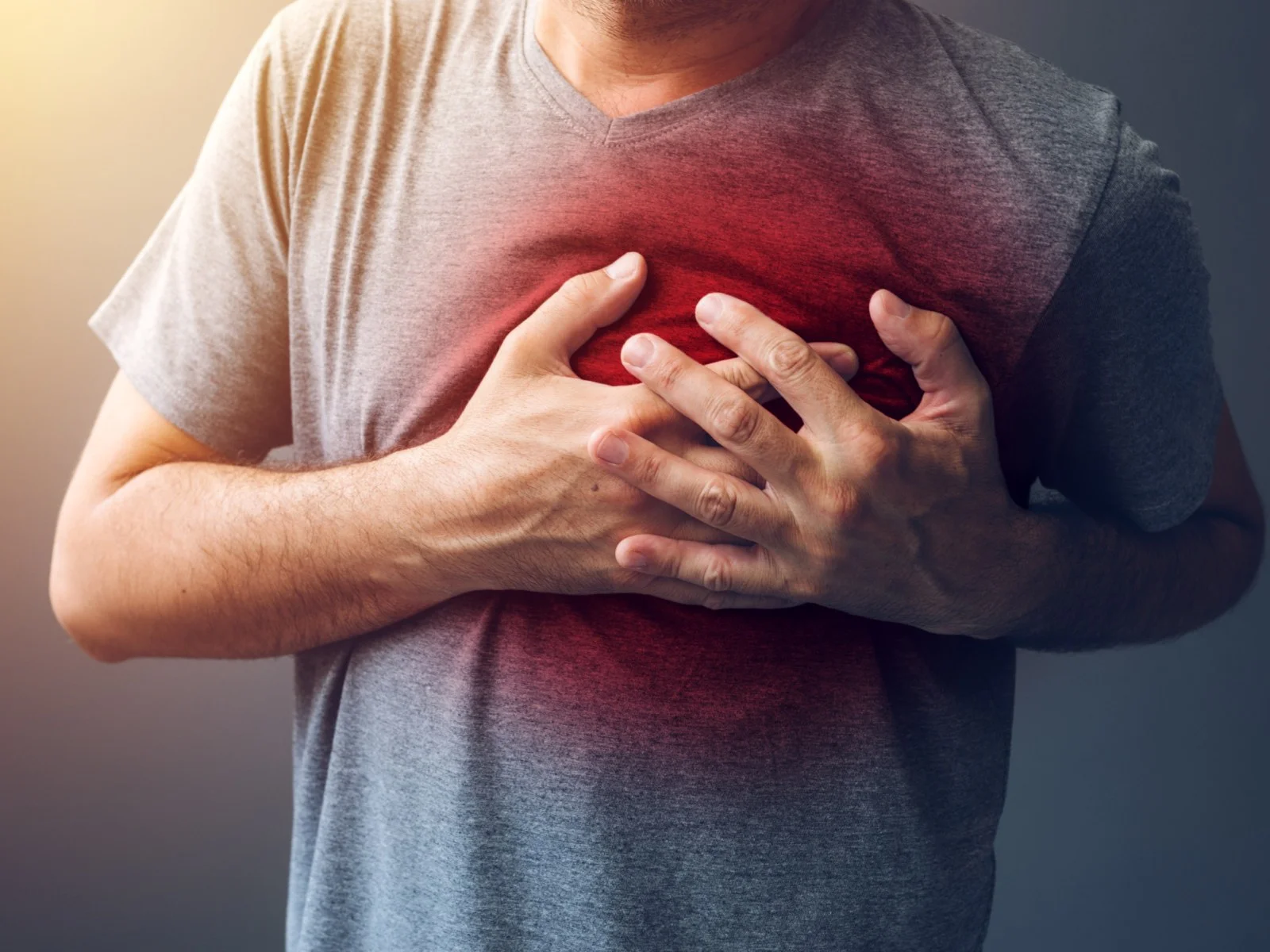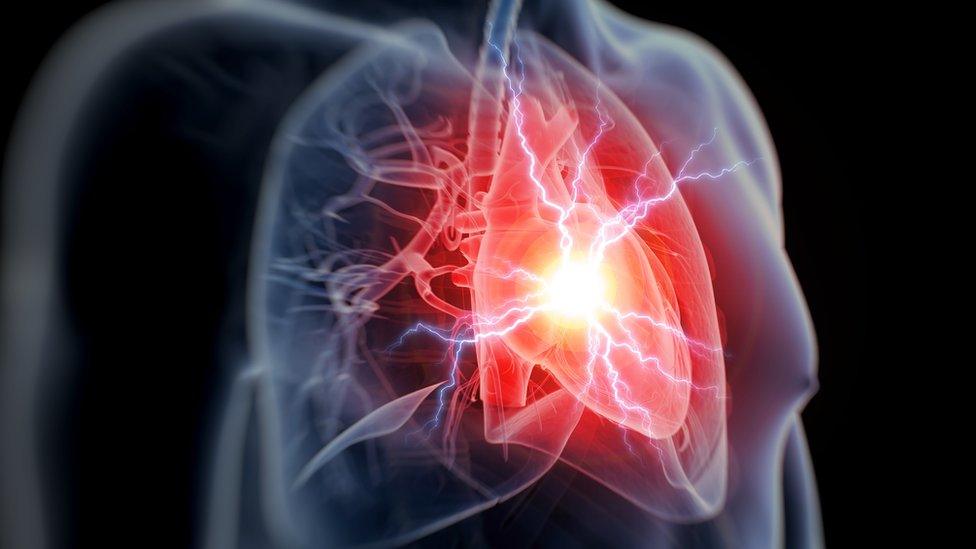This Simple Test Offers Deeper Insight Into Heart Attack Risk
28.07.2025
A Powerful but Underused Tool for Assessing Heart Attack Risk
When Lynda Hollander reached her mid-50s, a long family history of heart disease and rising cholesterol levels made her wary. Despite being a dedicated runner with a healthy lifestyle, she knew she needed more clarity about her cardiac risk. Her cardiologist labeled her 10-year heart attack risk as “moderate” based on standard metrics — age, blood pressure, cholesterol — but then suggested something she’d never heard of: a coronary artery calcium (C.A.C.) test.
What Is Coronary Artery Calcium Testing?
The C.A.C. test is a quick, painless CT scan that detects calcium deposits (plaque) in the arteries. Plaque buildup can rupture, leading to clots and potentially causing a heart attack. The scan provides a clearer, more personalized view of a patient’s heart health and can help determine whether they would benefit from cholesterol-lowering drugs like statins.
Though this test is becoming more common — quadrupling in usage between 2006 and 2017 — it’s still significantly underutilized. Dr. Michael Blaha from Johns Hopkins attributes this to the test’s cost (often $100 to $300, typically paid out of pocket) and lack of insurance coverage, including Medicare.
A Closer Look at Risk and Treatment
For patients like Ms. Hollander, the calcium scan reveals what traditional risk models can’t. Her score in the 50s indicated some plaque presence — not high, but not ideal. As a result, she began a treatment plan including a low dose of rosuvastatin (Crestor) and evolocumab (Repatha), a non-statin injectable.
This is the test’s primary function: it helps doctors decide whether statins are necessary, especially for individuals aged 40 to 75 with no history of heart attack or stroke. If the calcium score is zero, patients often avoid medication. If it’s over 100, more aggressive treatment is typically recommended.
The Limits of Traditional Risk Calculations
Standard cardiovascular risk scores are based on large-scale population data and can’t always be effectively applied to individuals. As Dr. Blaha explains, “We’re modeling averages. But a calcium scan gives us a snapshot of one person’s arteries.”
Visual proof often has a greater impact. Cardiologist Dr. Alexander Zheutlin shows patients their scans — the white areas of calcium make the presence of plaque unmistakable. For hesitant patients, seeing that image can change their mind about starting medication.

Overcoming Statin Skepticism
Despite statins’ strong record of preventing heart attacks and strokes, many patients are reluctant to use them. A 2019 survey found that 25% of eligible adults weren’t taking statins. Reasons ranged from fear of side effects to past negative experiences.
While muscle pain is often cited, research shows the actual rate is relatively low and often comparable to placebos. Even so, doctors can adjust dosage or try different statins. Ms. Hollander, for example, takes Crestor just three times a week and supplements with Repatha to avoid side effects.
Gaps in Research and Future Studies
While some professional associations support calcium testing, the U.S. Preventive Services Task Force does not fully endorse it due to limited evidence. A large-scale, randomized clinical trial to measure its long-term effectiveness would be difficult and costly to execute — and pharmaceutical companies have little incentive to fund a study that might reduce demand for statins.
Still, recent studies, including one in Australia, show promising results: patients who underwent calcium scans were more likely to stick with cholesterol treatments and showed less plaque progression over time.
Special Considerations for Older Adults
The value of calcium testing in people over 75 is less clear. At that age, plaque buildup is common, and managing cholesterol may not be a top priority given other health concerns. A new study is currently enrolling seniors to explore the link between calcium scores, statins, and cognitive health.
Real-World Impact
For many cardiologists, calcium scans are a vital tool in their preventive care arsenal. Dr. Zheutlin, for instance, finds them helpful in encouraging patients to take proactive steps.
Stephen Patrick, a 70-year-old retiree from San Francisco, was proud of avoiding medications for years. But when his calcium score came back at 176, he started taking atorvastatin (Lipitor) — and saw his cholesterol levels drop significantly.
“I might’ve tried it anyway,” he said, “but the calcium score made me take it seriously.”






Leave a Comments